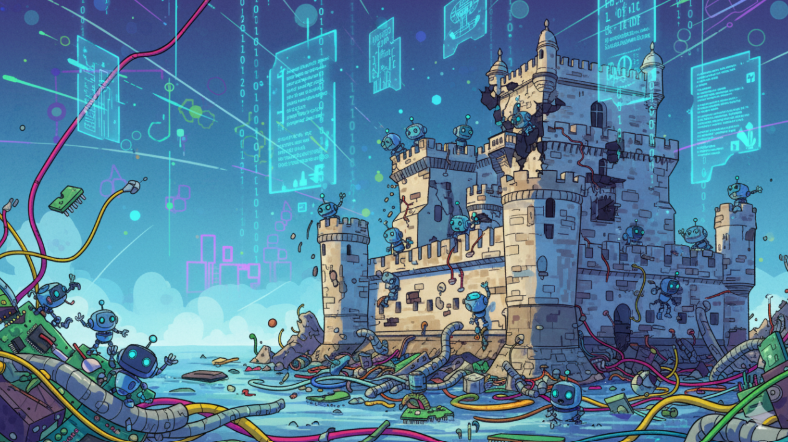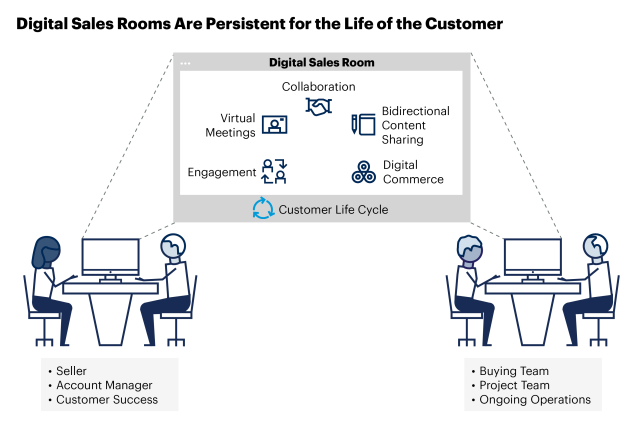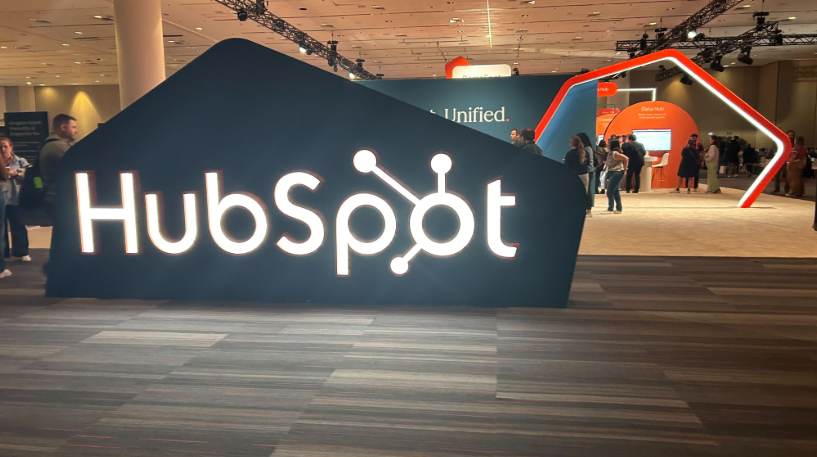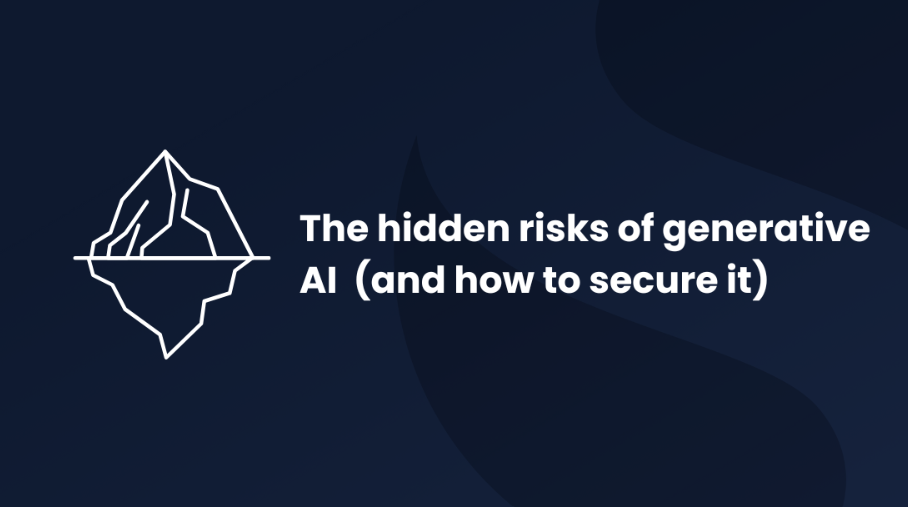Introduction
The global Software as a Service market is undergoing a dramatic shift. After years of expansion, where startups and niche platforms dominated the digital landscape, 2025 has become the year of consolidation. Rising costs, slower venture capital funding, and the growing expense of artificial intelligence integration are reshaping how SaaS companies operate. Across all regions, mergers and acquisitions are accelerating as businesses seek stability, access to talent, and stronger market positioning. For the B2B sector, these changes signal a period of both opportunity and disruption.
Why It Matters for B2B Buyers and Providers
SaaS tools have become indispensable to nearly every enterprise function. Finance, sales, marketing, operations, and HR all rely on interconnected digital ecosystems. Consolidation is changing this dynamic. B2B buyers may gain access to more integrated and robust platforms, but they also risk losing flexibility and control. For providers, scale and AI readiness now determine survival. The next generation of SaaS will depend less on product diversity and more on intelligence, interoperability, and trust.
Key Drivers of SaaS Consolidation
- The Rising Cost of AI Integration
AI is no longer a differentiator; it is a requirement. Developing advanced features such as natural language analytics, recommendation systems, or predictive workflows demands significant investment in infrastructure and engineering. Many small SaaS firms lack the financial depth to compete and are seeking acquisition by larger, well-capitalized platforms. - Scarcity of Skilled Talent
Demand for machine learning engineers and data specialists is at record levels. Acquiring entire companies has become a faster way for larger firms to secure expertise rather than competing in an overheated labor market. This trend is driving “talent acquisitions,” where the primary goal is not technology but people. - Investor Pressure for Profitability
The funding climate has changed. Venture investors now emphasize revenue stability and operating margins over growth at any cost. Smaller players that cannot demonstrate profitability are being absorbed into ecosystems that already have established customer bases. - Customer Demand for Unified Solutions
Businesses are moving away from juggling multiple tools that serve overlapping functions. The shift toward ecosystem-based solutions, where platforms offer integrated modules for CRM, analytics, and collaboration, is pushing providers to merge capabilities.
Recent Market Developments
- Global enterprise platforms are acquiring niche AI startups to strengthen automation and analytics capabilities.
- Vertical SaaS providers in sectors such as healthcare, logistics, and finance are being folded into broader horizontal ecosystems.
- Pricing models are shifting toward bundled enterprise subscriptions instead of individual product licenses.
- Industry analysts forecast that 2025 could become one of the highest years for SaaS merger activity in the past decade.
Impact Across Business Functions
- IT teams benefit from simplified integration and vendor management but face new dependency risks.
- Finance departments must adapt to pricing changes and new billing structures under unified contracts.
- Operations teams gain improved visibility across departments due to better data synchronization.
- Procurement and sales leaders need to review vendor relationships to ensure business continuity during acquisitions.
Strategic Recommendations for B2B Leaders
- Conduct a full audit of your SaaS ecosystem to identify redundant or overlapping tools.
- Prioritize vendors that are financially stable and transparent about long-term product roadmaps.
- Negotiate flexible terms that include exit clauses and clear data migration rights in case of acquisition.
- Evaluate the AI maturity of your technology partners to ensure compatibility with your internal strategy.
- Build internal expertise to manage multi-platform integrations and limit reliance on any single provider.
Risks and Challenges
Consolidation can bring efficiency but also concentration of power. As fewer providers dominate, innovation may slow and subscription costs could rise. Transitions during mergers can lead to service disruptions, data migration issues, and confusion in customer support. Businesses must also monitor compliance and data privacy commitments, as ownership changes often alter data handling responsibilities.
The Industry Outlook
By 2026, over half of mid-sized SaaS firms are expected to merge or be acquired by larger technology providers. The focus of competition is shifting from speed to scale and from niche innovation to cross-functional integration. Companies that can balance profitability with continuous innovation will define the future SaaS landscape.
Conclusion
SaaS consolidation in 2025 reflects a maturing industry that is adjusting to new economic realities. For B2B buyers, the message is to stay vigilant, diversify risk, and align partnerships with strategic goals. For providers, survival depends on agility, talent retention, and the ability to build AI-powered ecosystems that deliver measurable business value. The coming years will belong to those who innovate intelligently and collaborate at scale.






